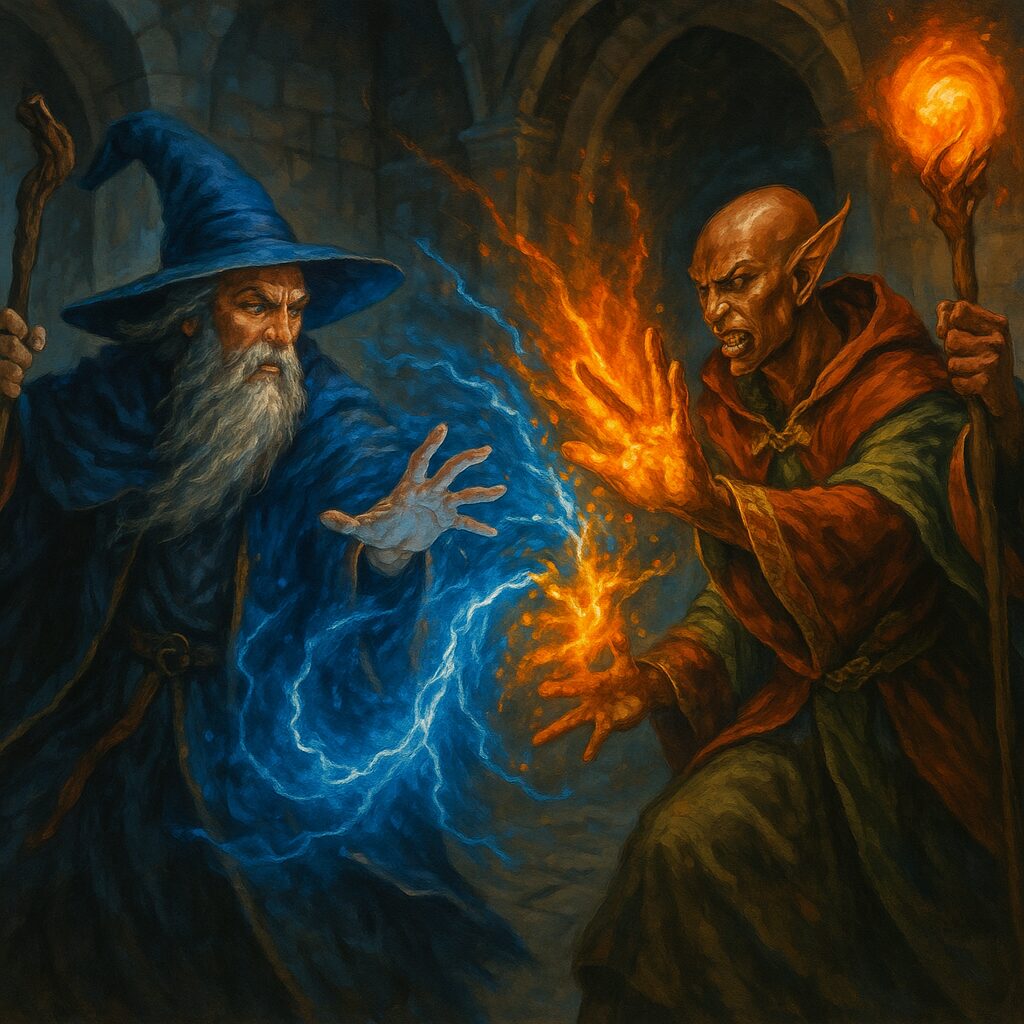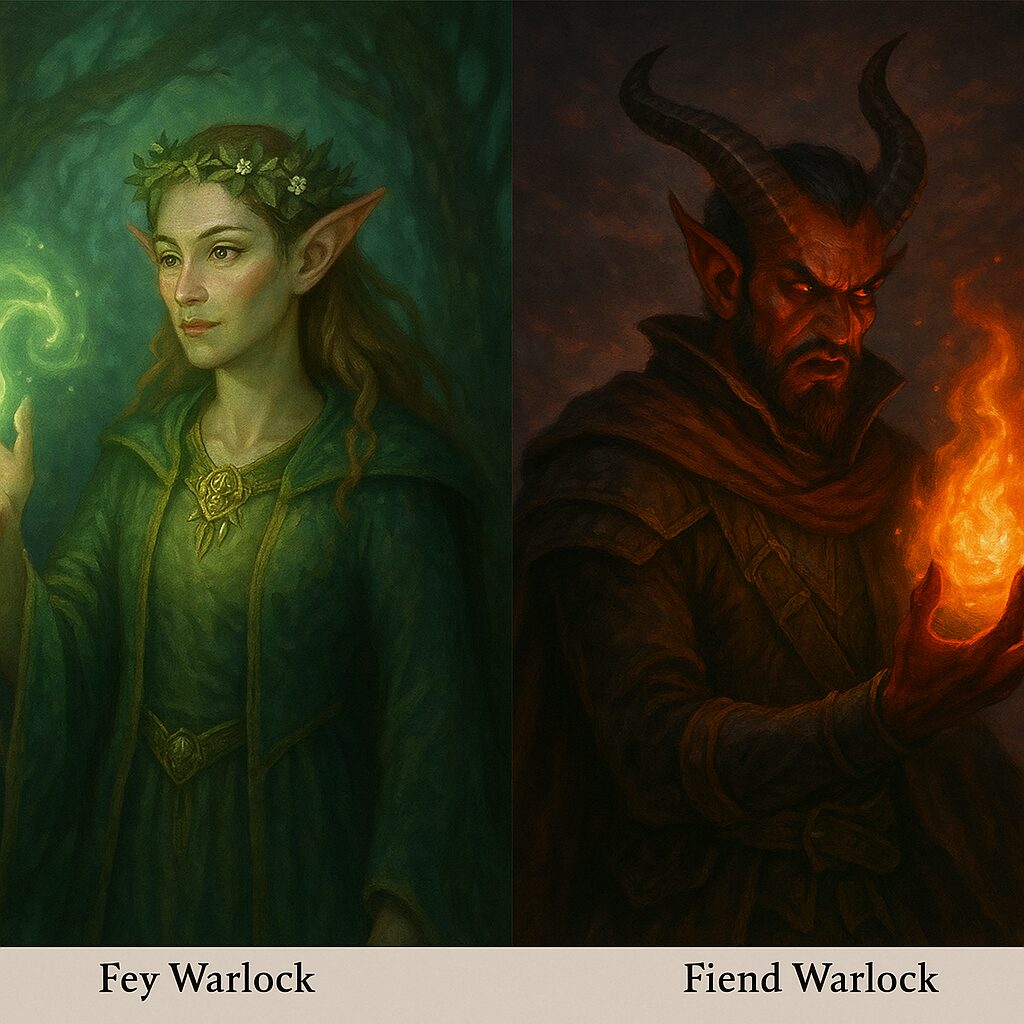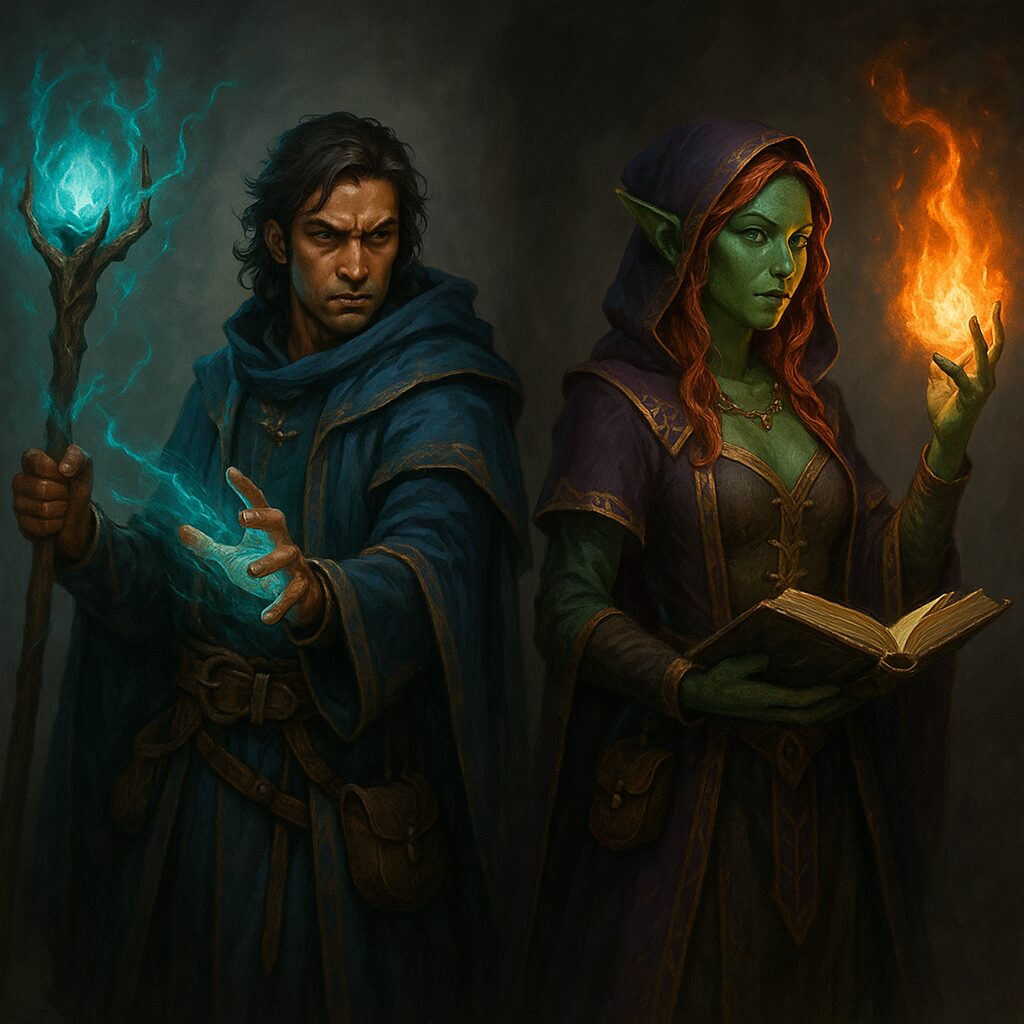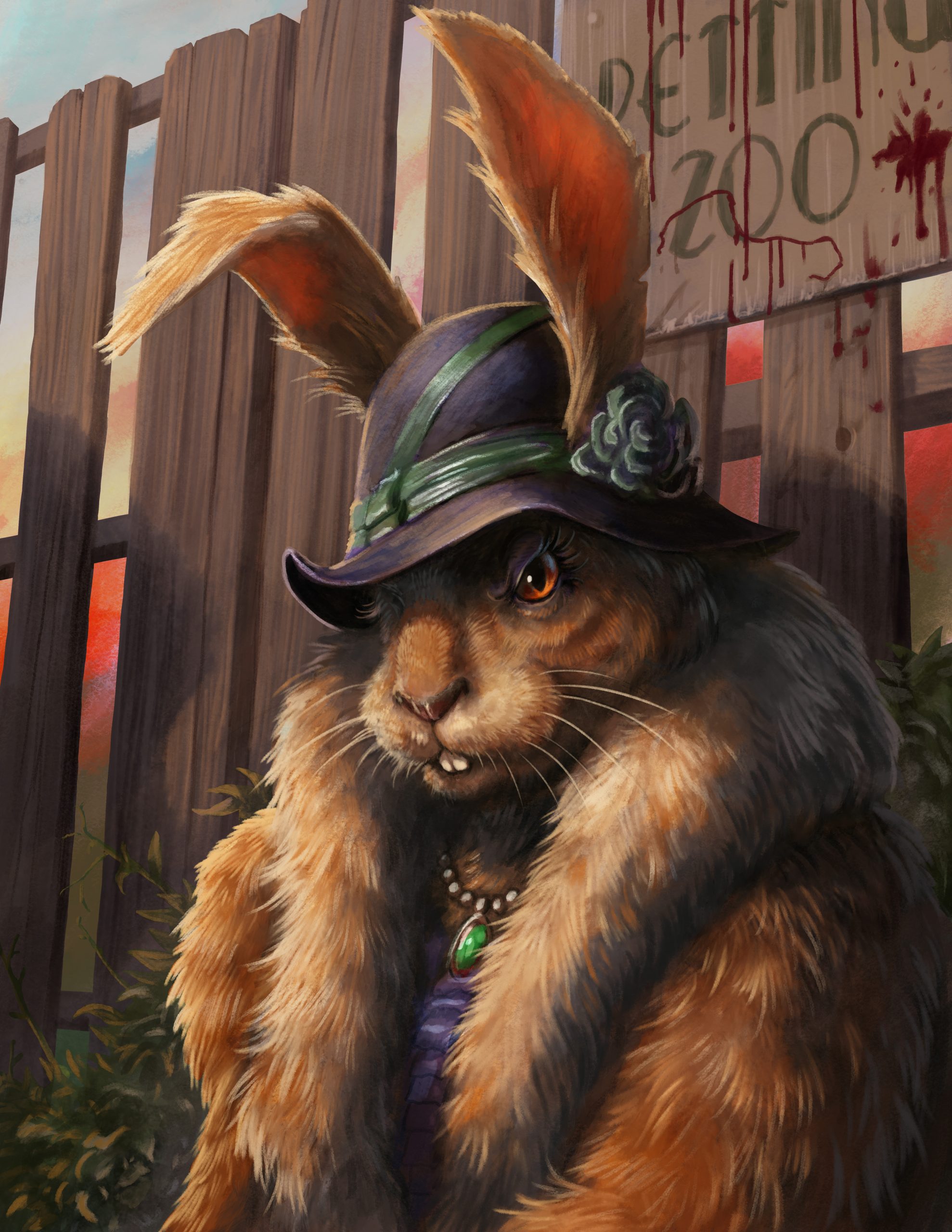
🎪 The Carnival of Chaos: Twisted Spectacle Under the Dome
In the strange, crumbling lands of Under the Donea, where Chaos storms of all kinds punch holes in the world and magic bleeds like oil from a cracked lantern, there are whispers—always whispers— of The Carnival of Chaos.
of The Carnival of Chaos.
No one remembers when it first arrived. No one recalls it leaving. But now and again, someone swears they saw the posters: gold foil and black ink, nailed into dreamscapes and alleyway bricks alike.
“ONE NIGHT ONLY—OR FOREVER. ENTER, IF YOU DARE.”
The Carnival of Chaos isn’t just a set piece. It’s a narrative weapon. And when used right, it can transform your campaign.
What Is the Carnival of Chaos?
The Carnival of Chaos is a traveling, semi-sentient chaos entity that manifests as a sprawling carnival of illusion, vice, and corrupted wonder. Its tents are stitched from forgotten flags. Its barkers speak every tongue, including some that haven’t been invented yet. It is home to Fiendish performers, chaos-touched beasts, cursed games, and the ringmasters known only as the Carnal Lords.
It doesn’t just entertain—it feeds.
Some say it is the last remnant of a demon war cult. Others claim it’s a punishment sent by the Crystalline Form. But one truth is constant: it leaves marks—on land, soul, and sanity.
🎭 Using the Carnival of Chaos in Your Campaign
1. As a Traveling Horror Show (Mini-Arc or One-Shot)
Let the Carnival of Chaos roll into a remote town the party’s protecting. The townsfolk are entranced. The children vanish. Dreams sour. People start changing.
The party must investigate before the final curtain—if they can resist the call of the velvet tent themselves.
Key Themes: Temptation, Transformation, Time Limits
2. As an Ever-Shifting Dungeon
Each tent is a portal. Each hallway is a trick. The circus becomes a pseudo-megadungeon where players must navigate twisted games and warped physics.
The Ringmaster may be the BBEG, or just the most powerful prisoner.
Key Themes: Exploration, Madness, Meta-Horror
3. As a Fiendish Faction
The Carnival of Chaos isn’t always open. Sometimes, it lies dormant, sending agents to stir chaos, promise pacts, or recruit wayward souls. One of these agents could become a PC patron or nemesis.
Campaign Hook: The party learns that one of the circus’ escaped exhibits is living among them.
4. As a Source of Magical Relics or Mutations
What happens when a player wins a prize at the Carnival of Chaos? What does a demon-silk scarf do? What about a lollipop that grants a wish… but only if you steal it?
These can seed new quests, moral dilemmas, or mutations.
Example Item: Popcorn of Reflection – You see your happiest memory. Eat it, and it’s gone… permanently.
5. As a Metaphor for Something Bigger
The Demon Circus may represent chaos itself, or the breakdown of fate under the Dome. Perhaps it’s tied to a PC’s backstory, or appears only where rift energy is densest.
Maybe the circus wants the PCs to join the act.
Maybe one of them already has.
🎪 Who’s Under the Big Top?
-
Grimkin the Boneless – A contortionist who can slip between dimensions.
-
The Laughter Engine – A ride powered by mortal joy… and grief.
-
Mistress Petalcut – Dances on a tightrope made of regrets.
-
The Mirrorflesh – A freakshow that lets you become what you hate most.
- Pennywhistle Pieplow – A fiendish Jester who only truly dies if killed a suitably funny way.
- The Joker Dragon – Done here. A fiendish dragon with nightnmare abilities. He has many names, Giggle maw, Grinniblex, or even Mr. Chucklemelt. Anyway you slice it, this dragon is not one to be messed with.
Each performer is both narrative and encounter: threat, ally, or both.
Final Curtain
The Carnival of Chaos isn’t just a villain, location, or theme—it’s a story catalyst. It injects chaos, danger, whimsy, and existential threat wherever it appears. It’s perfect for campaigns with post-apocalyptic weirdness, moral murk, and an itch for the uncanny.
Let your players laugh. Let them scream. And let the tent never, ever truly leave.
Thanks for reading, Until Next Time, Stay Nerdy!!











No Comments